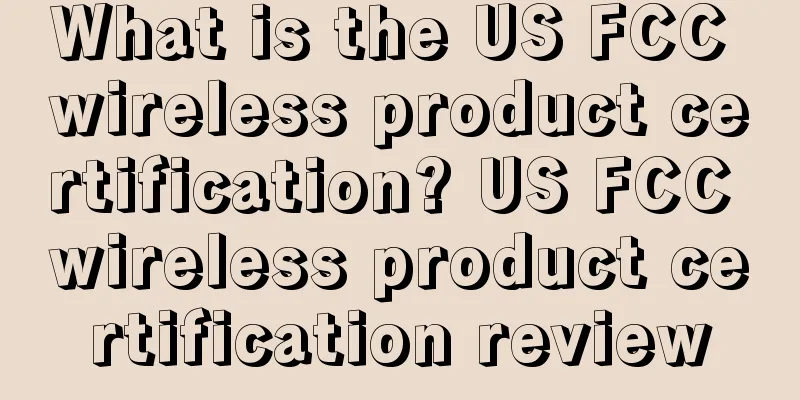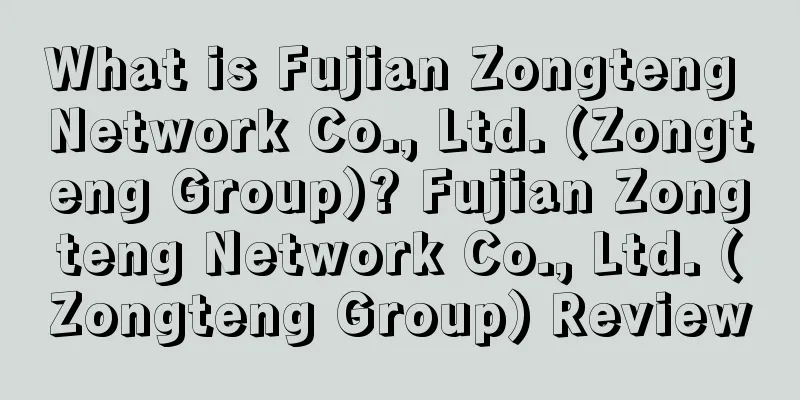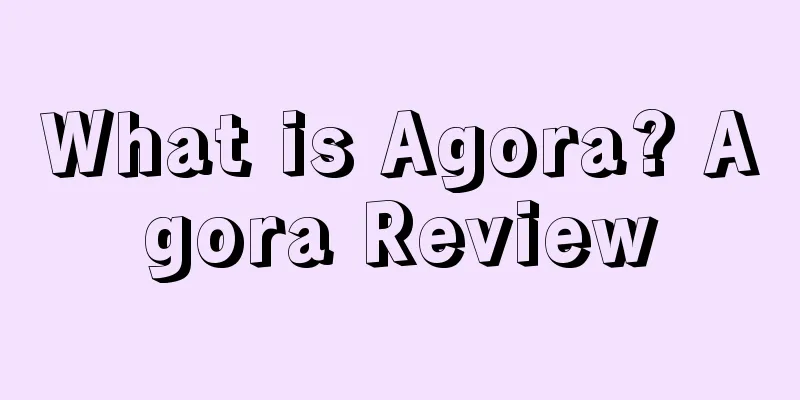What is the US FCC wireless product certification? US FCC wireless product certification review

|
The full name of the US FCC certification is the Federal Communications Commission. It was established by the COMMUNICATIONACT in 1934. It is an independent agency of the US government and is directly responsible to Congress. The FCC coordinates domestic and international communications by controlling radio broadcasting, television, telecommunications, satellites, and cables. It involves more than 50 states, Columbia, and territories in the United States to ensure the safety of radio and wire communication products related to life and property. The US FCC certification is divided into three types of certification: FCC-ID certification, FCC-DOC certification, and FCC-VOC certification. Category Compliance Certification Process 1. Declaration of Conformity The party responsible for the product (manufacturer or importer) will have the product tested by a qualified testing agency designated by the FCC and a test report will be made. If the product complies with the FCC standards, the corresponding label will be affixed to the product, a statement regarding compliance with the FCC standards will be made in the user manual, and the test report will be retained in case the FCC requests it. 2. Brief FCC application process 1) Apply for an FRN first. The first time you apply for an FCC ID, you need to apply for a permanent Grantee Code; 2) Testing 3) Document preparation and review; 4) Obtain a certificate 5) Note: For receivers with a transmission frequency of 30-960MHz, an FCC DOC is required; for receivers with a USB port, an FCC DOC is also required when this port is used for data transmission. Scope of certification 1) FCC Part 15 - Computing equipment, cordless telephones, satellite receivers, television interface devices, receivers, low-power transmitters 2) FCC Part 18 - Industrial, Scientific and Medical Equipment, i.e. Microwave, RF Lighting Ballasts (ISM) 3) FCC Part 22 - Cellular Telephones 4) FCC Part 24 - Personal Communications Systems, covering licensed personal communications services 5) FCC Part 68 - All types of telecommunications terminal equipment, such as telephones, modems, etc. 6) FCC Part 74 - Experimental broadcast, auxiliary, special broadcast and other program distribution services 7) FCC Part 90 - Private Land Mobile Radio Service including paging devices and mobile radio transmitters, covers land mobile radio products such as high-power walkie-talkies 8) FCC Part 95 - Personal radio services, including devices such as Citizens Band (CB) transmitters, radio controlled (R/C) toys, and equipment used for home radio services Certification information 1) FCC ID Label 2) FCC ID Label Location 3) User Manual (Instruction Manual) 4) Schematic Diagram (Electrical Schematic) or Manufacturer 5) Block Diagram 6) Theory of Operation 7) Test Report 8) External Photos (Exterior photos) Third party 9) Internal Photos (Internal Photos) Certification Agency 10) Test Setup Photos (Test system configuration diagram) |
<<: What is ZonMaster? ZonMaster Review
>>: What is Zally? Zally Review
Recommend
What is SEMRush? SEMRush Review
SEMRush is a website that specializes in SEO and S...
Big changes in reviews! Amazon's latest strategic layout
Amazon's official Shanghai summit just ended ...
Walmart changes Professional Seller badge qualifications, effective next month
Walmart recently announced that it will change the...
It’s all tricks! Summary of Amazon’s daily operation skills
This article mainly shares some sales skills and ...
What is YiPaiDuo? YiPaiDuo Review
Yipaiduo is the partner of Yidatong. Yipaiduo is A...
More than half of young Americans plan to shop online on Valentine's Day! Check out the hot sales trends
According to a study by Numerator, young people wi...
What is SOJOS? SOJOS Review
SOJOS is a Wenzhou foreign trade enterprise specia...
Poshmark launches Smart List AI to speed up sellers’ listing process
It is learned that recently, according to foreign ...
What is Microsoft Advertising? Microsoft Advertising Review
Microsoft Advertising (formerly known as Bing Ads)...
What is Keywords Everywhere? Keywords Everywhere Review
The Keywords Everywhere extension is a free keywor...
Full of useful information! [Win-win cooperation, Rabbit will surely sell well] Amazon Global Store Spring 2023-South China Station successfully concluded
On April 14, 2023, [Win-win Cooperation, Rabbit Mu...
Amazon sellers have created their own fancy way of displaying labels. Don’t try it!
Recently, some sellers found that some product att...
The remedies you didn’t know about when your Amazon rankings dropped!
text I believe that all sellers who have done bus...
Amid the "price reduction and clearance" craze, the more expensive clothing is, the better it sells in the American clothing market?
In the midst of the "price reduction and cle...
Double! This FBA fee is about to skyrocket
When using FBA, there will often be some unsellab...









